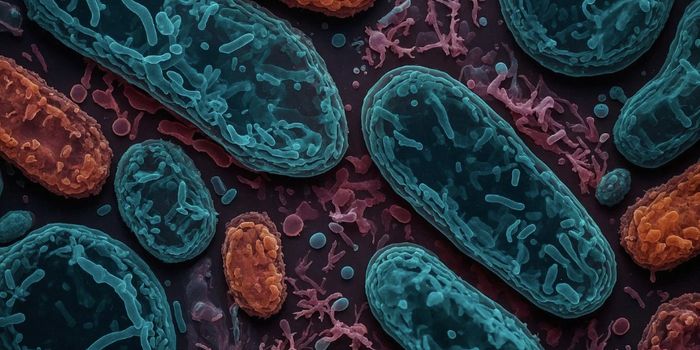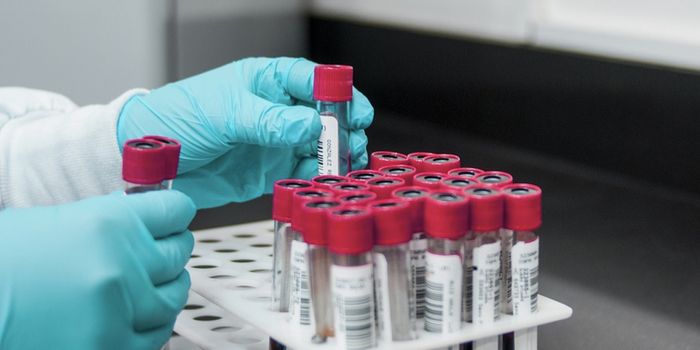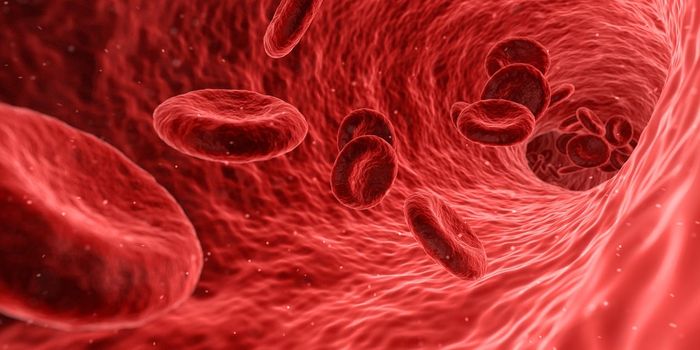Study of Early-Onset Parkinson's Reveals Potential Therapeutic
Around 500,000 Americans are diagnosed with Parkinson's disease every year, and the rate of the disease is rising. Symptoms include tremors, rigid muscles, slow movement, and loss of balance, which all get worse over time. The neurodegenerative disorder happens when neurons in the brain that make a signaling molecule called dopamine start malfunctioning or dying. The reason for that neuronal dysfunction and death is still unknown.
New research reported in Nature Medicine has focused on the ten percent of Parkinson's patients that are diagnosed from the ages of 21 to 50, which is younger than typical patients, who tend to be diagnosed when they are over 60.
"Young-onset Parkinson's is especially heartbreaking because it strikes people at the prime of life," said study co-author Michele Tagliati, MD, director of the Movement Disorders Program, vice-chair, and professor in the Department of Neurology at Cedars-Sinai. "This exciting new research provides hope that one day we may be able to detect and take early action to prevent this disease in at-risk individuals."
The researchers applied the Nobel-prize winning technique for generating stem cells from adult blood cells for this work. They obtained the cells from the early-onset Parkinson's patients, then used the patient-derived induced pluripotent stem cells they created to make neurons that produce dopamine. They were then able to study these patient-derived cells in the lab to assess their physiology.
"Our technique gave us a window back in time to see how well the dopamine neurons might have functioned from the very start of a patient's life," noted the senior author of the study Clive Svendsen, Ph.D., director of the Cedars-Sinai Board of Governors Regenerative Medicine Institute and a professor of Biomedical Sciences and Medicine at Cedars-Sinai.
Two critical cellular abnormalities were identified by the scientists; a protein called alpha-synuclein was building up, which is similar to what's seen in Parkinson's disease, and cellular recycling centers known as lysosomes were not functioning properly. This lysosomal dysfunction may be causing alpha-synuclein accumulation.
"What we are seeing using this new model are the very first signs of young-onset Parkinson's," said Svendsen. "It appears that dopamine neurons in these individuals may continue to mishandle alpha-synuclein over a period of 20 or 30 years, causing Parkinson's symptoms to emerge."
The researchers also tested drugs using the cells they engineered to see if any could stop or reverse the dysfunctions. One drug called PEP005 that is already used to treat skin precancers was able to lower the high alpha-synuclein levels in the cells as well as in a mouse model.
The team wants to learn more about how this drug might be used to prevent or treat early-onset Parkinson's disease, and whether the abnormalities they identified hold true for other types of Parkinson's.
Sources: Science Daily via Cedars-Sinai Medical Center, Nature Medicine









